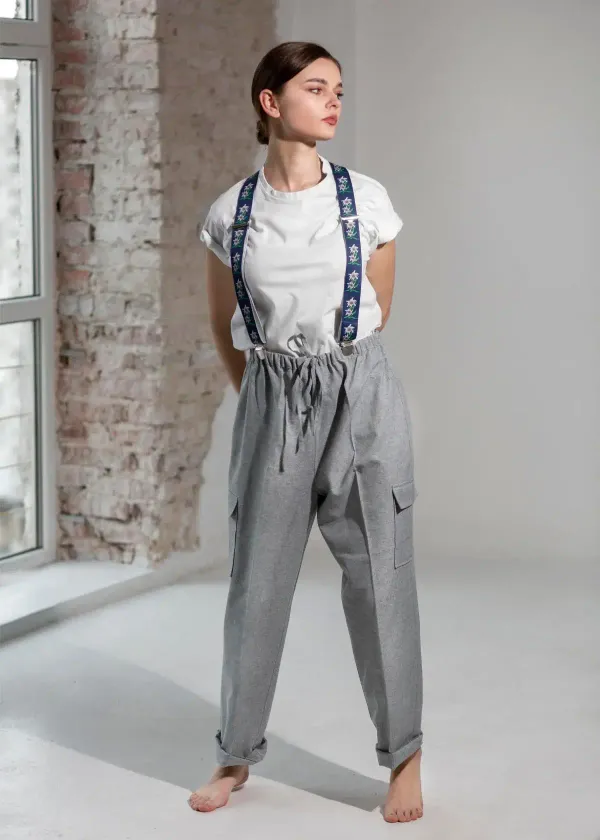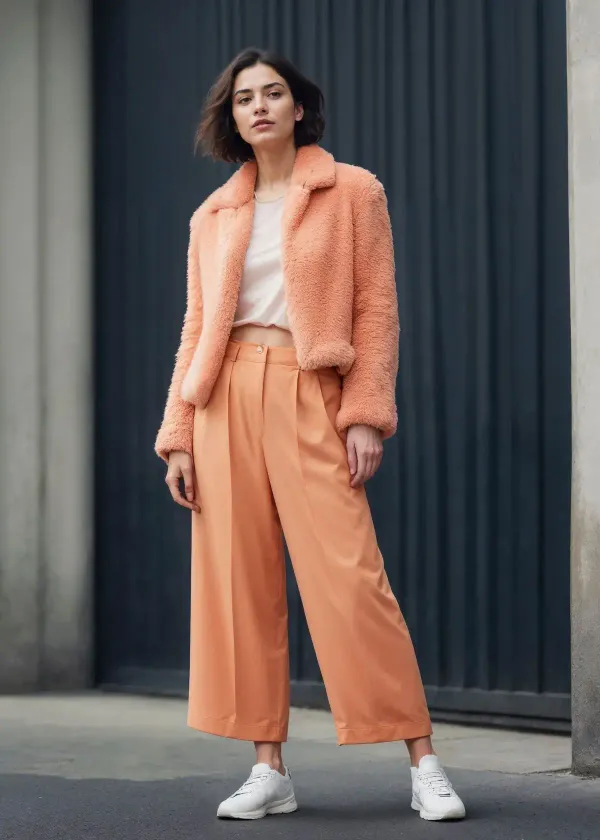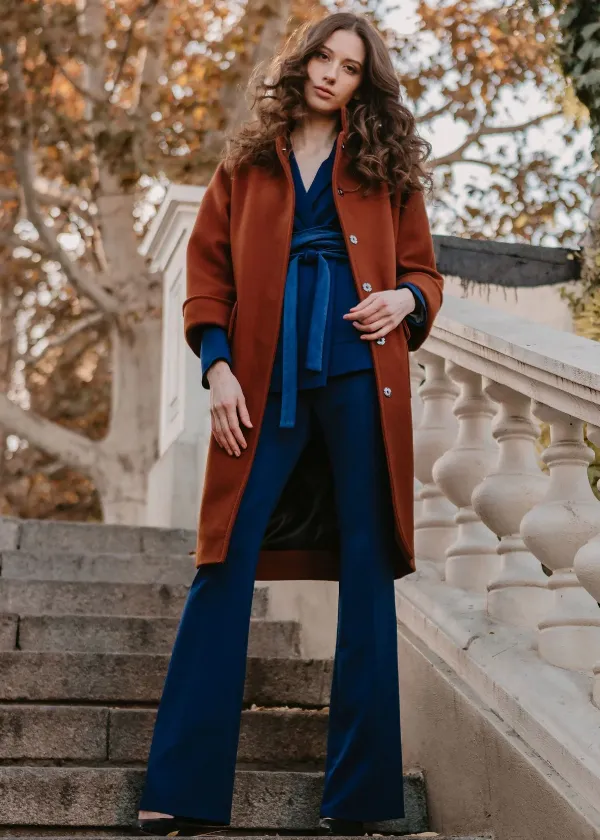Beyond its practical uses, a silk head scarf doubles as a luxurious accessory that can add a touch of elegance or a bold statement to any outfit. For fashion aficionados, choosing the right silk head scarf is more than just about color or pattern – material, maintenance, and personal style. In this comprehensive guide, we'll explore the key factors to consider when adding a silk head scarf to your collection.
Understanding the Appeal of Silk
Silk was once a treasured secret of the Far East, a luxurious textile that signified status and prestige. Today, silk's charm continues to win over hearts across the globe. What sets silk apart is its natural properties; it’s both insulating and breathable, making it excellent for year-round comfort. Its luster and smooth texture are unmatched, giving it a distinctly regal look. When contemplating a silk head scarf, you're choosing quality and comfort. The natural proteins in silk can also contribute to maintaining the health and shine of your hair, making it a preferred choice for styling and protection, especially for curly or textured hair.
Deciphering Styles and Sizes
Head scarves come in a variety of styles and sizes. A square silk scarf can be tied in various ways – the classic 'Rosie the Riveter' knot for a retro look, a simple folded band for a chic touch, or a more complex and artful turban style. The right size largely depends on the volume of your hair and your preferred knot style. As a loose rule, it's best to go for a larger scarf (35 inches or more on a side) for more versatility and tying options. A smaller scarf (around 24 inches) is suitable for those with less density who want to keep their knots neat and tidy.
Colors and Patterns: Expressing Your Style
The colors and patterns of your silk head scarves are where you'll express your personality and taste. Consider classic patterns like polka dots, paisley, or houndstooth in neutral tones for a timeless and versatile scarf. These can be paired with a variety of outfits and are seasonless. If you're feeling more daring, a brightly colored floral print or a bold geometric design can make a statement and add interest to a monochromatic or simple ensemble.
Care is Key for Lasting Elegance
Silk is a delicate fabric that requires special care. Hand washing or using a gentle cycle with a mild detergent is crucial to maintaining the scarf's integrity. Avoid hot water and always air dry – never put silk in the dryer. When storing your silk head scarf, keep it away from direct sunlight and moisture, which can cause fading and damage. Proper care will ensure your silk scarf remains a beloved accessory for years.
Making the Ethical and Sustainable Choice
In an era where sustainability and ethical production are crucial, it's wise to consider the origins of your silk head scarf. Look for scarves made from organic or sustainably sourced silk. Traditional silk production can be energy and water-intensive and involve practices that harm silkworms. Companies now offer 'peace silk' or 'eco-silk,' made without harming the silkworm, thus lessening environmental impacts. Choosing a scarf from a company that aligns with your values ensures that your fashion choices are as kind to the planet as they are stylish.
When investing in a silk head scarf, you're not just purchasing an accessory – you're adding a piece of luxury to your wardrobe that can become a cherished item. By considering these factors, you can select a silk head scarf that complements your style, reflects your values, and highlights the natural beauty of a truly timeless fabric.
After conducting thorough research to identify the optimal Silk Head Scarf, your pursuit for the ultimate accessory culminates here. Follow the provided link to uncover your new favourite Silk Head Scarf, meticulously chosen to match your style and preferences. Embrace the epitome of elegance and sophistication with this carefully curated scarf, crafted to enhance your ensemble effortlessly. Waste no time; embark on a journey of luxury and refinement with your newfound Silk Head Scarf, destined to become a cherished staple in your wardrobe.
What types of silk are commonly used in headscarves?
Silk headscarves are commonly made from various types of silk, including mulberry silk, charmeuse silk, and satin silk. Mulberry silk, known for its luxurious feel and durability, is the most common choice for headscarves due to its smooth texture and natural sheen. Charmeuse silk offers a glossy finish and fluid drape, perfect for elegant styling. With its lustrous surface and softness, Satin silk is another popular option for headscarves, adding a touch of sophistication to any outfit.

What makes silk head scarves different from other materials?
Silk headscarves stand out from other materials due to their unmatched softness, smooth texture, and luxurious sheen. Unlike synthetic fabrics or cotton, silk offers a lightweight and breathable feel, making it ideal for delicate headscarves. Silk's natural properties also help regulate temperature, keeping the scalp cool in hot weather and warm in cold weather. Silk's ability to glide over hair without causing friction or static makes it gentle on strands, reducing breakage and frizz. These qualities make silk head scarves a premium choice for style and comfort.

What are the different sizes and shapes of silk head scarves?
Silk head scarves come in various sizes and shapes to suit different styling preferences and hair lengths. Square silk scarves, typically around 20 to 36 inches on each side, offer versatility for tying into knots, bows, or wraps. Rectangular silk scarves, ranging from 14 to 18 inches wide and 36 to 70 inches long, provide ample fabric for draping, twisting, or braiding into intricate styles. Silk headbands and turbans offer a convenient and stylish alternative for securing hair while adding a touch of luxury to any ensemble.

How should I tie a silk head scarf for different hairstyles?
Tying a silk head scarf for different hairstyles involves various techniques to achieve practicality and elegance. For a classic look, tie the scarf at the nape of the neck and allow the ends to cascade down or tuck them under for a neat finish. To protect hair while sleeping, wrap the scarf around the head and secure it with a knot or twist. For a chic turban style, twist the scarf into a rope and wrap it around the head, securing the ends at the back or side for a polished yet effortless look.

How can I prevent a silk head scarf from slipping while wearing it?
Preventing a silk head scarf from slipping requires proper tying techniques and securing methods. Start by ensuring the scarf is securely tied to your head's desired position, with enough tension to keep it in place without being too tight. Consider using bobby pins or hair clips to anchor the scarf's edges and prevent shifting during wear. Choosing a silk scarf with a slightly textured or grippy surface can also help enhance traction and reduce slippage. Experiment with different tying methods and accessories until you find a solution that keeps your silk head scarf secure and comfortable throughout the day.







